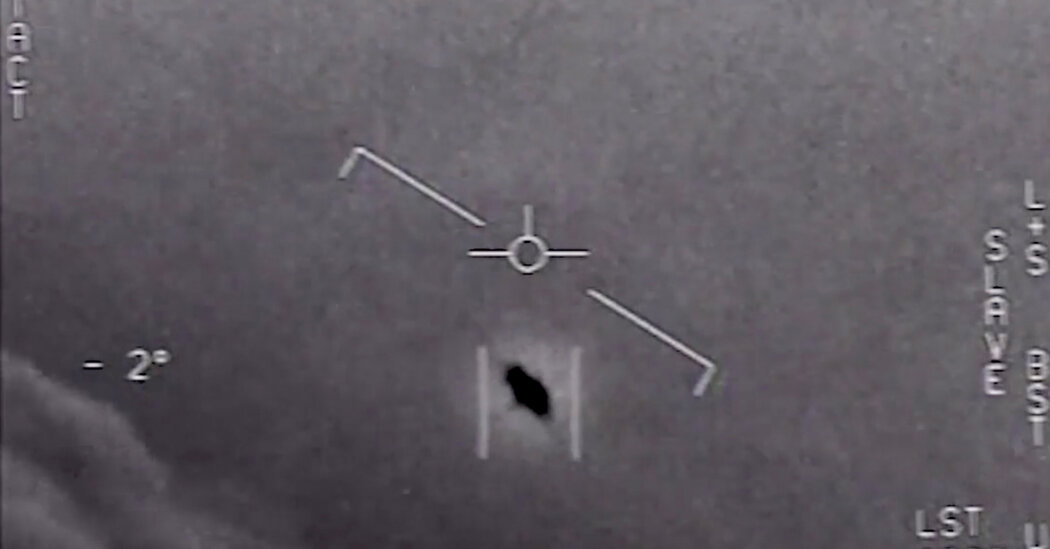Harry Reid: What We Believe About U.F.O.s

It has always troubled me that I have no background in science. We didn’t have a science teacher in my elementary school, and there were limited courses available when I got to high school. But despite my lack of scientific knowledge, or perhaps because of it, I have long been deeply inquisitive. Why does the sun stay hot? I wondered. Why doesn’t it cool down at the end of the day? As a young man I may not have found the answers, but I never stopped asking questions. As Albert Einstein once said, “Curiosity has its own reason for existing.”
Years later, when I entered public life, I was as curious as ever. As a Democratic senator from Nevada, I visited Area 51, the top-secret Air Force testing site in southern Nevada long associated with U.F.O.-related conspiracy theories. What I saw fascinated me, though much of it must remain classified. During one visit I traveled a short distance to the facility that housed the Air Force’s secret new stealth fighters. For security reasons the pilots could fly them only at night — under the same Nevada stars I had gazed upon as a boy.
Though Area 51 was developed decades ago, during the height of the Cold War, its existence wasn’t publicly acknowledged by the U.S. government until 2013. To do so earlier would have been detrimental to our security as a nation, given that our government constantly balances the competing priorities of secrecy and transparency in a democracy.
Until recently, many military pilots feared the possibility of retribution for reporting sightings of unidentified aerial phenomena. But I believed that an unofficial taboo regarding the frank discussion of encounters could harm our national security and stymie opportunities for technical advancement. Which is why, along with Senators Stevens and Inouye, I helped create that secret Pentagon program in 2007. We wanted to take a close, scientific look at the technological implications of reported U.F.O. encounters.
I believe that there is information uncovered by the government’s covert investigations into unidentified aerial phenomena that can be disclosed to the public without harming our national security. The American people deserve to know more — and hopefully they will soon, with the release of a comprehensive government report requested by the Senate Intelligence Committee on the military’s encounters with U.F.O.s. (The report is due in June, though it may be delayed.)
What have I personally learned from official investigations into unidentified aerial phenomena so far? The truth, disappointing as it may be, is that there’s still a great deal we don’t understand. It’s unclear whether the U.F.O.s we have encountered could have been built by foreign adversaries, whether our pilots’ visual perception during some encounters was somehow distorted, or whether we truly have credible evidence of extraterrestrial visitations. There may be other, as yet unknown explanations for some of these strange sightings.
Regardless, I believe it’s crucial to lead with the science when studying U.F.O.s. Focusing on little green men or conspiracy theories won’t get us far. Of course, whatever the science tells us, some portion of the public will continue to believe in the reality of otherworldly U.F.O.s as a matter of faith. Ultimately, the U.F.O. debate can be broken down into a sincere belief in science versus a sincere belief in extraterrestrials. I side with science.
Let me be clear: I have never intended to prove that life beyond Earth exists. But if science proves that it does, I have no problem with that. Because the more I learn, the more I realize that there’s still so much I don’t know.
Harry Reid is a former United States senator from Nevada. He served as the Democratic Senate majority leader from 2007 to 2015.


